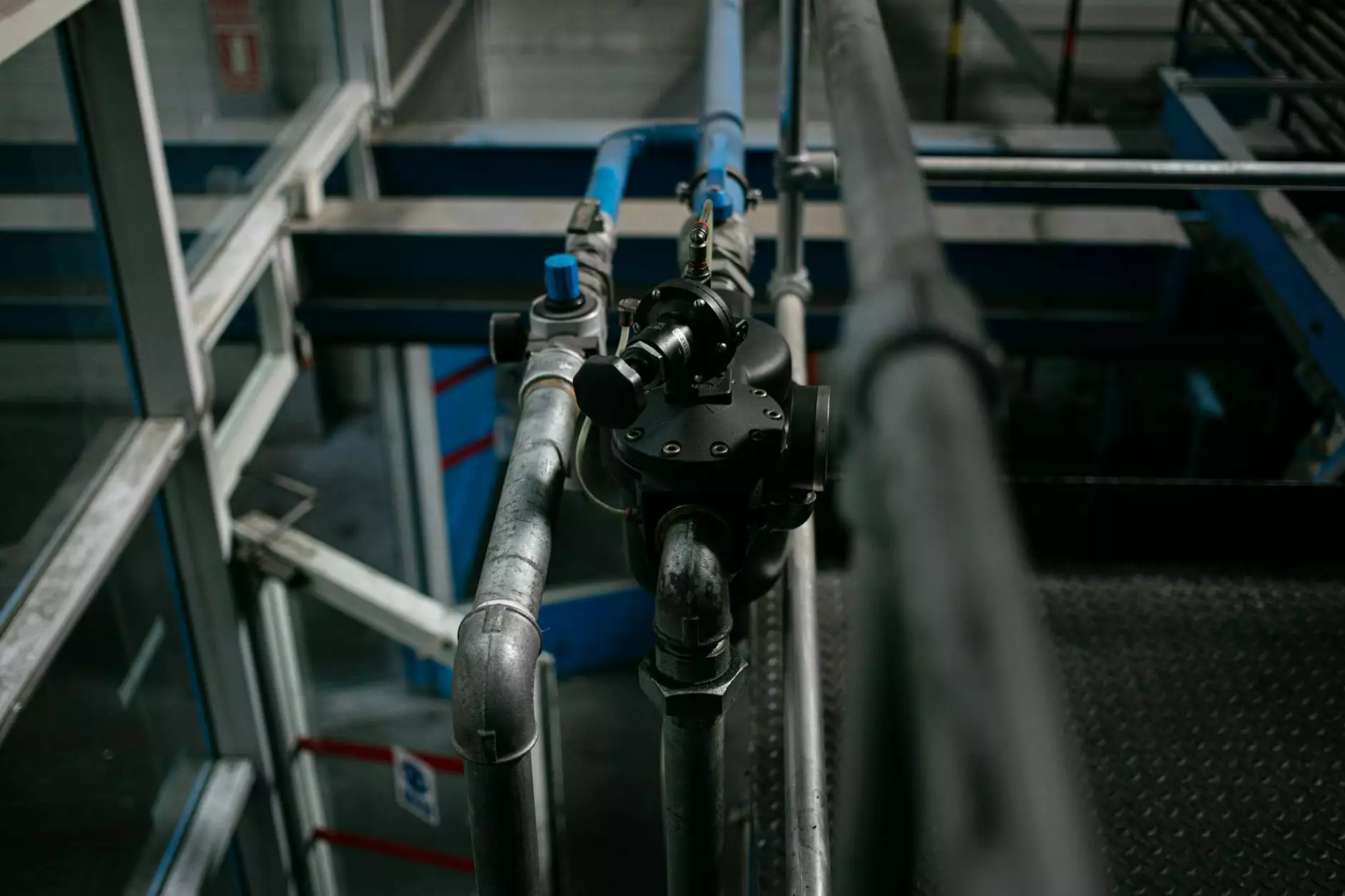Understanding Blepharoplasty: A Detailed Overview

Blepharoplasty is a significant procedure in the realm of cosmetic surgery. Also known as eyelid surgery, it is primarily performed to improve the appearance of the eyelids and, in certain cases, to improve vision. This article aims to provide comprehensive information about blepharoplasty, covering everything from procedure details to recovery and potential benefits.
What is Blepharoplasty?
Blepharoplasty is a surgical procedure that removes excess skin, fat, and muscle from the eyelids. As people age, the eyelids may begin to sag due to the loss of elasticity, leading to wrinkling or drooping. This can result in a tired appearance or even impair vision. There are two main types of blepharoplasty: upper eyelid surgery and lower eyelid surgery.
Types of Blepharoplasty
- Upper Eyelid Blepharoplasty: This procedure focuses on the upper eyelids, addressing issues such as excess skin and fatty deposits that can obscure vision and create a heavy eyelid appearance.
- Lower Eyelid Blepharoplasty: This addresses sagging or puffiness in the lower eyelids. It aims to remove or reposition fat and tighten the skin, resulting in a smoother, more youthful appearance.
Benefits of Blepharoplasty
Choosing to undergo blepharoplasty can have numerous benefits, both aesthetic and functional. Some of the key advantages include:
- Enhanced Appearance: Many patients report looking younger and more refreshed after the surgery, achieving a more alert expression.
- Improved Vision: For some, particularly those with significant sagging, upper eyelid blepharoplasty can enhance peripheral vision.
- Boosted Self-Confidence: A more youthful appearance can lead to increased confidence in personal and professional interactions.
- Long-Lasting Results: The effects of blepharoplasty can last for many years, making it a worthwhile investment for many individuals.
Who is a Candidate for Blepharoplasty?
Not everyone is an ideal candidate for blepharoplasty. A good candidate is generally someone who:
- Is in good overall health.
- Has realistic expectations about the surgery.
- Has noticeable sagging or bags under the eyes that they wish to correct.
- Does not smoke or is willing to quit before and after the procedure for optimal healing.
- Is looking for a solution to functional limitations caused by sagging eyelids.
The Consultation Process
The journey to blepharoplasty begins with a thorough consultation with a qualified plastic surgeon. During this consultation, the surgeon will:
- Discuss your medical history and any current medications.
- Examine your eyelids and facial anatomy.
- Assess the condition of your skin and underlying muscles.
- Talk about your aesthetic goals and answer any questions you may have.
It is essential to feel comfortable with your surgeon, as trust plays a crucial role in the outcome of the procedure.
Preparing for Blepharoplasty
Once you have decided to proceed with the surgery, your surgeon will provide specific instructions on how to prepare. Common preparations include:
- Avoiding certain medications that may increase bleeding, such as aspirin and some anti-inflammatory drugs.
- Arranging for someone to drive you home after the procedure and assist you during the first few days.
- Preparing your home for recovery, ensuring you have a comfortable place to rest.
The Blepharoplasty Procedure
The blepharoplasty surgery typically takes between one to three hours, depending on the extent of the procedure. Here is what to expect during surgery:
- Anesthesia: The procedure can be done under local or general anesthesia, depending on the complexity.
- Incisions: For upper eyelids, incisions are made in the natural folds of the eyelid. For lower eyelids, incisions may be made just below the lower lash line or inside the eyelid.
- Reshaping: Excess fat, skin, and muscle are carefully removed or repositioned to achieve the desired outcome.
- Closing Incisions: Once the adjustments are made, the incisions are closed with fine sutures. In some cases, no sutures may be needed, as the incisions will be self-sealing.
Recovery and Aftercare
Recovery following blepharoplasty is critical to ensuring a successful outcome. Here are some common recovery tips:
- Expect bruising and swelling, which can last for a few weeks.
- Apply cold compresses to manage swelling and discomfort.
- Follow your surgeon's instructions on pain management and aftercare precisely.
- Attend follow-up appointments to ensure proper healing.
- Avoid strenuous activities and excessive sun exposure during the initial recovery phase.
Most patients can return to normal activities within a week, but it's essential to follow all post-operative guidelines provided by your surgeon.
Risks and Complications
As with any surgery, blepharoplasty carries some risks, including:
- Infection.
- Scarring.
- Dry eyes or difficulty closing eyes.
- Changes in vision.
- Asymmetry or uneven results.
Discussing these risks with your surgeon during the consultation is essential, as they can help you weigh the benefits against the potential complications.
Conclusion: Is Blepharoplasty Right for You?
In summary, blepharoplasty can be a powerful tool for rejuvenating the appearance of the eyes and enhancing overall facial aesthetics. If you are considering this procedure, it’s crucial to consult a qualified plastic surgeon who specializes in eyelid surgery. Together, you can assess your goals and determine whether blepharoplasty is the right choice for you.
Investing in your appearance and well-being is a personal decision, and education is vital. By understanding the ins and outs of blepharoplasty, you can approach your cosmetic journey with confidence.
For more information about blepharoplasty and to schedule a consultation, visit mustafabagli.com.









